India's Perilous Dance with Crowd Management Failures
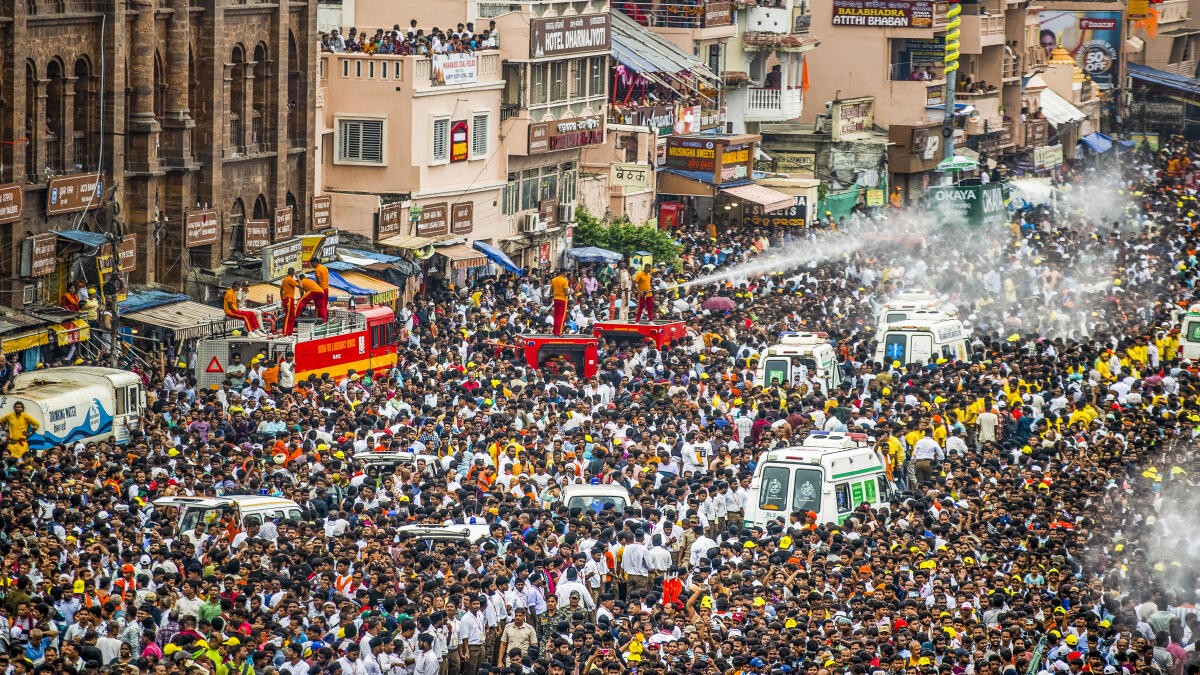
Stand-up comics like Vir Das and Kunal Kamra have used satire to question why governments spend crores on religious events but fail to ensure basic safety. As one comic quipped, “In India, God is VIP, but the devotee is collateral damage.”
India, a land deeply imbued with spiritual traditions and vibrant cultural festivals, witnesses millions flocking to religious congregations, fairs, and celebrations throughout the year. These gatherings, often characterized by fervent devotion and immense emotional energy, are meant to be uplifting experiences. Yet, with horrifying regularity, these very expressions of faith turn deadly, culminating in stampedes that claim innocent lives. The recent cluster of tragedies—from the hypothetical yet all too probable June 29, 2025, Jagannath Rath Yatra incident in Puri, claiming three lives and injuring over 50, to the Bengaluru IPL celebration, the New Delhi Railway Station crush, and the Maha Kumbh stampede in Prayagraj—all occurring within a six-month span, serve as stark, painful reminders of a systemic failure in crowd management and administrative foresight. This recurring pattern reveals a chilling truth: India continues to prioritize spectacle and unbridled enthusiasm over the fundamental safety and sanctity of human life.
A Pattern of Negligence and Predictable Tragedies
The narratives emerging from these stampedes are tragically similar, painting a grim picture of chaos, preventable deaths, and a glaring absence of effective intervention. The scenario described for Puri in 2025 – two trucks entering an already overcrowded area near Gundicha Temple at 4 a.m. with no police or medical personnel in sight – is not a futuristic anomaly, but a distilled representation of past and present realities. It underscores how routine operational oversights, such as allowing vehicles into pedestrian-heavy zones or failing to segment pilgrim flows, can instantaneously escalate into catastrophe.
These incidents are not isolated occurrences, nor are they "acts of God." They are, by and large, predictable outcomes of inadequate planning, insufficient infrastructure, and a palpable lack of accountability. Just weeks before the hypothetical Puri incident, 11 people reportedly perished in a stampede at Bengaluru’s Chinnaswamy Stadium during what should have been a joyous IPL celebration. In February, 18 pilgrims en route to the Maha Kumbh in Prayagraj were tragically crushed at New Delhi Railway Station, highlighting how even transition points for mass movements become death traps. Earlier, in January, the Mauni Amavasya snan at the Maha Kumbh itself claimed at least 10 lives. The rapid succession of these events—four major stampedes in half a year—underscores the alarming normalcy with which such tragedies are now being accepted, or perhaps, simply dismissed.
The historical context further amplifies the indictment. The 2013 Kumbh Mela stampede, which killed 42 people, stands as a grim precedent, offering clear lessons that, apparently, remain unheeded. Despite extensive post-mortems and recommendations following past disasters, governments across various states and at the center have consistently failed to implement robust, sustainable crowd management protocols. The absence of basic safeguards, such as clearly demarcated entry and exit points, emergency evacuation routes, public announcement systems for real-time crowd control, and adequate medical readiness, is a recurring theme. Eyewitness accounts, like the Puri devotee who stated, "The crowd was left to rescue themselves," are damning indictments of a system that abdicates its primary responsibility to protect its citizens. This cycle of tragedy followed by inquiry, followed by compensation, followed by another tragedy, represents a fundamental failure to learn and adapt, locking the nation into a perilous cycle of preventable deaths.
The Political Economy of Faith:
The response to these tragedies often follows a predictable script: immediate announcements of monetary compensation and the suspension of a few mid-level officials. The Odisha government, for instance, pledged ₹25 lakh compensation per deceased family following the Puri incident. While monetary relief offers some immediate succour, it can never compensate for the profound loss of life. As one grieving husband in Puri poignantly questioned, “Who will compensate my loss?” This question encapsulates the moral void at the heart of the state’s approach, which views human lives as quantifiable collateral rather than invaluable entities requiring proactive protection.
A significant part of the problem lies in the underlying political economy of religious gatherings in India. These events, far from being purely spiritual endeavors, are increasingly treated as large-scale tourism and revenue-generating festivals. State governments actively encourage massive gatherings through extensive state-sponsored advertisements, leveraging cultural and religious sentiments to boost tourism, local economies, and political goodwill. While economic benefits can certainly accrue from such events, the emphasis often skews heavily towards maximizing participation without a commensurate investment in safety infrastructure and emergency preparedness. The focus is on attracting the largest possible crowd, not on managing it safely.
Opposition leaders, including Naveen Patnaik and Mallikarjun Kharge, have rightly condemned these recurring failures as “inexcusable” and “criminal negligence.” These are not mere administrative lapses; they indicate a systemic disregard for basic human safety principles in pursuit of a larger political or economic narrative. Civic voices, too, reflect this frustration. Senior servitor Binayak Dasmohapatra's lament, “In 50 years, I’ve never seen such indiscipline,” points not just to crowd behavior, but implicitly to the administrative indiscipline that allows such chaos to unfold. The political incentives often outweigh safety imperatives; a successful, large-scale religious event is seen as a mark of administrative competence and cultural pride, while the occasional stampede is dismissed as an unfortunate, unavoidable consequence of mass gatherings. This calculated risk-taking with human lives is a profound ethical failing. The state's ability to mobilize enormous resources for religious promotions – from lavish infrastructure projects to widespread advertising – starkly contrasts with its apparent inability or unwillingness to invest equally in fundamental crowd control mechanisms, emergency medical services, and trained disaster response teams.
From Rituals to Responsibility and Proactive Governance
The philosophical core of India’s spiritual traditions emphasizes “manav seva is madhav seva”—serving humanity is serving God. Yet, in practice, this lofty ideal is often inverted. Human lives are, paradoxically, valued less than the rituals themselves, becoming sacrificial offerings at the altar of unmanaged devotion. This devaluation is not confined to religious gatherings; it has been observed during other mass events, such as the tragic deaths of migrants walking home during the COVID-19 lockdown or people collapsing in bank queues during demonetization. The common thread is the disregard for the most vulnerable and the assumption that individuals will simply bear the brunt of systemic failures.
The time has come for a fundamental rethinking of priorities. If governments can effortlessly mobilize resources, funds, and personnel for religious promotions and infrastructure projects related to temples and pilgrimage sites, why can they not deploy similar zeal and efficiency towards ensuring basic human rights like access to jobs, healthcare, and quality education, or, pertinently, the safety of citizens attending these very events? The allocation of resources reveals true priorities.
India must transition from a reactive approach of post-tragedy compensation to a proactive model of prevention when it comes to managing large gatherings. This shift demands a comprehensive strategy combining technology, planning, and preparedness. Integrating advanced tools like AI-powered CCTV surveillance, drone monitoring, and predictive analytics can revolutionize crowd management by providing real-time insights into density, movement, and high-risk zones. Such data-driven decision-making can enable timely crowd dispersal and preempt dangerous build-ups. Simultaneously, infrastructure at event sites must be reimagined—mandatory wide and clearly marked entry/exit points, multilingual public announcement systems, and “holding areas” with phased entry protocols must become the norm. Detailed emergency drills involving all relevant agencies should be conducted regularly to ensure preparedness.
Moreover, safety at mass events cannot rely solely on conventional policing. The deployment of dedicated disaster response teams, trained in crowd psychology and emergency response, is vital. These teams must be empowered with medical supplies, communication tools, and decision-making authority. Legal accountability is equally crucial—merely suspending officials after disasters is inadequate. A strong legal framework enabling the prosecution of negligent political and administrative actors will serve as a deterrent. Finally, public education on crowd safety and emergency protocols can enhance resilience from the ground up, ensuring collective responsibility in managing such events safely.
Until systemic reforms replace symbolic apologies and token suspensions, these tragedies will undoubtedly repeat. The poignant observation of the Puri eyewitness – “The crowd was left to rescue themselves” – is a damning indictment of a state that encourages faith but fails to protect the faithful. India's future depends not just on its economic growth or cultural assertion, but on its fundamental commitment to valuing and safeguarding the lives of its own people, especially when they gather in devotion. The true measure of governance lies not in the spectacle it creates, but in the lives it saves.
A nation that prides itself on its spiritual heritage must also ensure that devotion does not become a death sentence. The time for change is now—before the next tragedy strikes.
( Author is our Managing Editor)
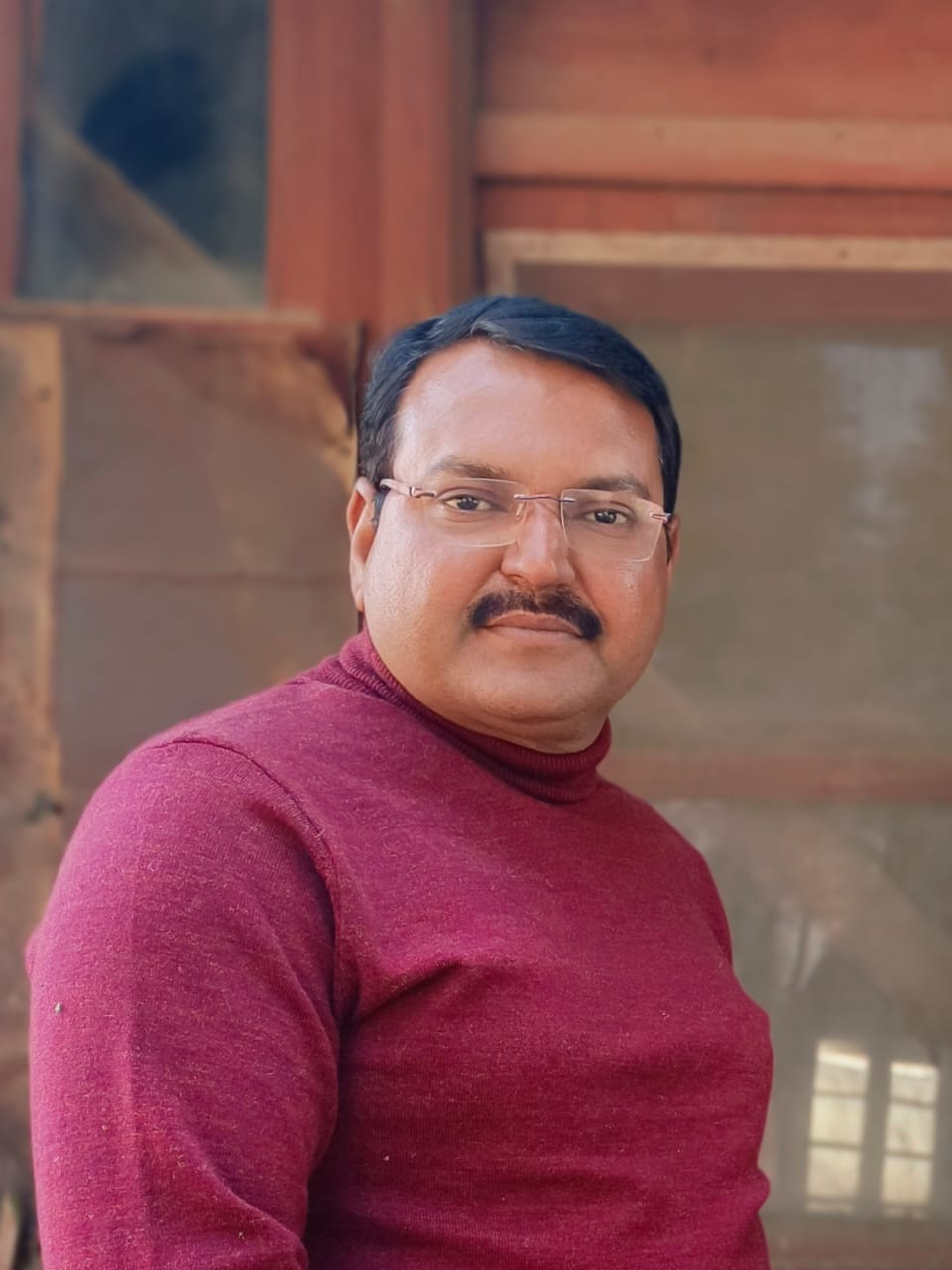
 10 hours ago
10 hours ago

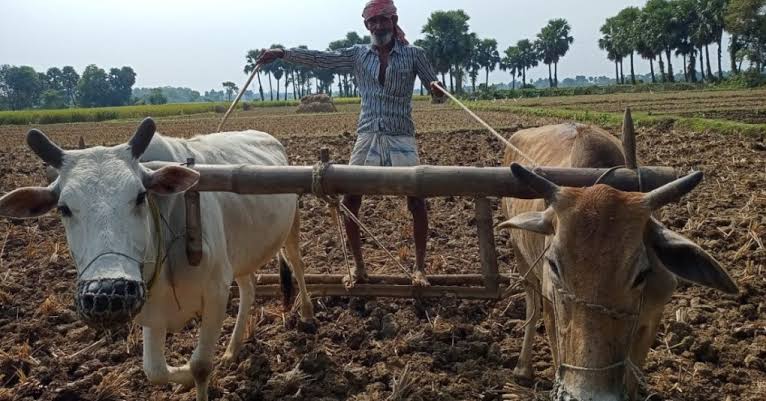
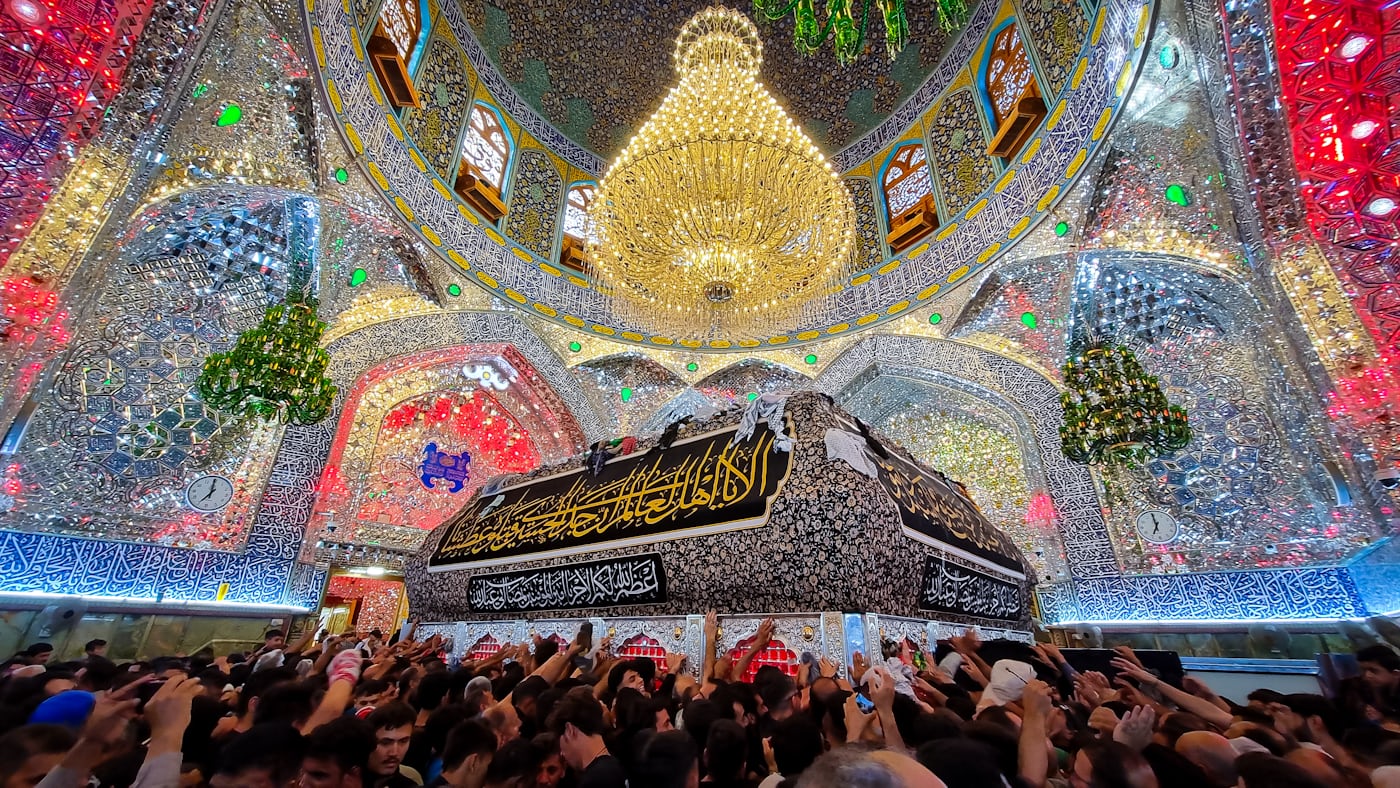
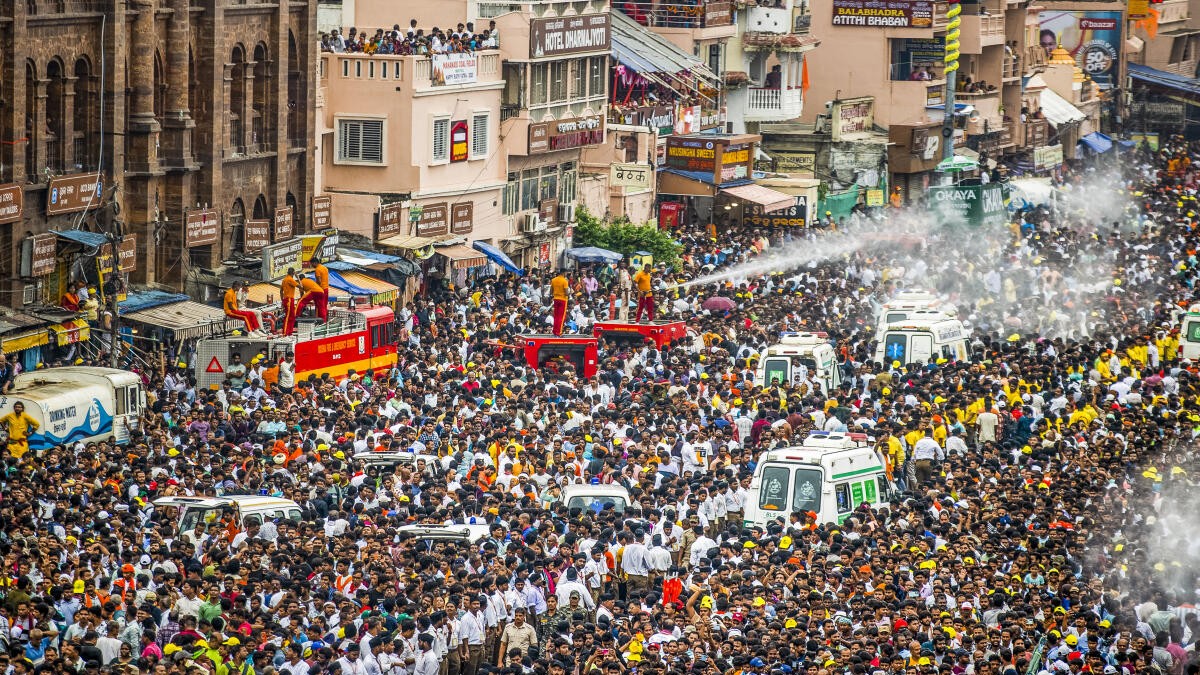

[[comment.comment_text]]